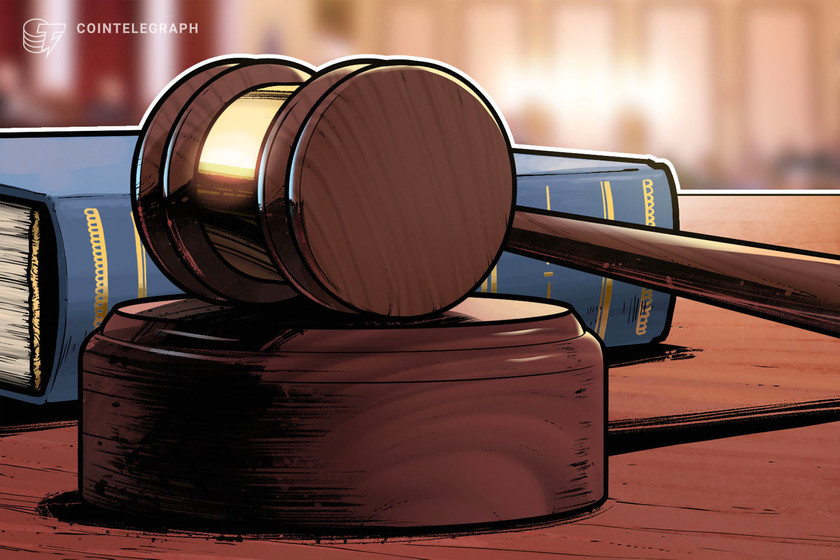Circle’s Fed payment rail goal could be crushed by NY Fed’s policy change
Updated rules by the New York Fed could deem stablecoin issuer Circle “ineligible” for access to the Fed’s money market.
192 Total views
2 Total shares

Own this piece of history
Collect this article as an NFT
The New York Federal Reserve has published new rules for counterparties looking to use its money market balancer, casting uncertainty over intentions by stablecoin issuer Circle to use the Fed’s systems.
In an April 25 statement, the New York Fed announced adjustments to its guidelines to determine which parties are eligible to participate in its reverse repurchase agreements (RRP).
The updated guidelines could potentially hinder Circle’s chances of gaining access to the Fed’s reverse-repurchase program — a process where the Fed sells securities to eligible counterparties with an agreement to repurchase them at the maturity date.
According to the New York Fed, accessing such a system “should be a natural extension of an existing business model, and the counterparty should not be organized for the purpose of accessing RPP operations.”
“SEC-registered 2a-7 funds that, in the sole judgment of the New York Fed, are organized for a single beneficial owner, or exhibit sufficient similarities to a fund so organized, generally will be deemed ineligible to access reverse repo operations.”
The Circle Reserve Fund, a money market fund managed by investment management firm BlackRock, is one such 2a-7 fund that is only available to Circle and therefore could be “deemed ineligible” under the Fed’s statement.
The regulations governing 2a-7 government money market funds are aimed at ensuring that these funds are able to meet potential redemptions by investors in a timely manner.
Funds under this category must hold at least 10% of its total assets in daily liquid assets and at least 30% of its total assets in weekly liquid assets.
Approval into the Fed’s program would allow Circle to earn interest on excess funds by investing in low-risk Treasury securities, allowing the stablecoin issuer to earn interest and help maintain the stability of its stablecoin, USD Coin (USDC).
Raagulan Pathy, Circle’s Asia-Pacific vice president, told Cointelegraph in March that Circle “would ultimately like to keep” all its cash with the Fed as well as “use the payment rails to the Fed because that moves us away from our reliance on TradFi partners.”
It was noted at the time that despite Circle’s expanded ties with BNY Mellon and its new banking partnership with Cross River, Circle held 80% of its reserves and treasuries.
Related: NY Fed launches 12-week CBDC pilot program with major banks
Recently, Circle has turned its focus to having “more banking partnerships on a global basis” since the depeg of USDC following the collapse of Silicon Valley Bank on March 10, according to Pathy.
It was only in November that Circle announced it had begun investing part of its funds into the Circle Reserve Fund as a measure to mitigate risks and uphold the redeemability of its coins for holders.
Magazine: Unstablecoins: Depegging, bank runs and other risks loom









